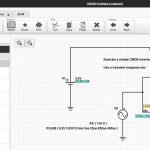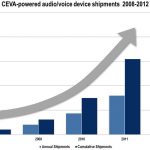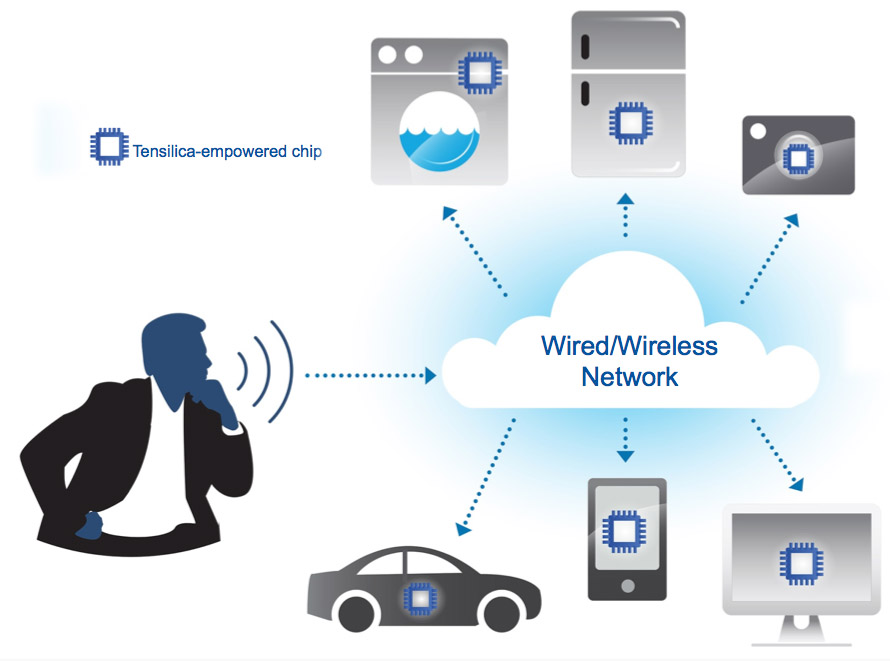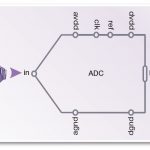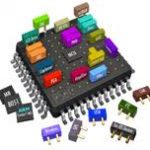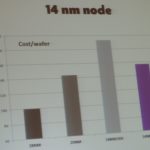It seems only appropriate that at the beginning of the year we should look at who is going to be the next significant threat to Apple’s profitability machine. During Apple’s meteoric rise over the past 9 years (APPL share price: Jan-2004 @ $11 vs. Jan-2013 @ $550) different companies have been put up as Apple’s next significant threat or competitor. At various times we have heard that next impediment to Apple’s success is IBM, Samsung, Google, Sony, Intel, HP, Nokia, Microsoft, etc. The list is long, yet none of them makes much of a dent in Apple’s profitability or market cap. In fact, Apple’s market cap is more than twice any of those listed here and traded on Nasdaq.
One factor is that Apple gets its revenue from many sources – smart phones, laptop computers, desktop computers, tablets, media content, licensing, software, services, handhelds players (iPod), and peripherals. As of July 2012, about 73% of Apple’s revenue was coming from iPhone and iPad. None of these competitors above is in all of these markets. Apple leverages its broad base of revenue to target competitors in certain segments. Also keep in mind that margins vary by segment.
Figure 1. Apple Changing Revenue Mix
There has been tremendous concentration on Google as a threat to Apple. This comes from the fact that the ‘mobile internet’ is viewed as a fast growing and highly valued market. For Google, this is also a ‘special’ advertising conduit. The last similar market was probably the desktop operating system market in which Microsoft was a runaway winner. Many people predict that the mobile internet will also be primarily a winner-take-all-market. Microsoft failed at its first offerings in this segment and is hoping its latest offering will succeed – I doubt it based on what I have seen so far. The current war has multiple OS fronts – smart phone, tablets, home set tops, etc. But Google’s revenue comes primarily from advertising – wouldn’t that make Facebook a more significant competitor to Google? It doesn’t matter, Apple is taking all of the profits from the segment.
What I see is that these devices have moved well beyond being a smart phone. iPods are becoming less important for Apple since the same function is in the iPhone – plus the iPhone has a camera, movie player, eBook reader, etc. To top it off, all age groups seem to be adopting these new apps and devices. What do they have in common – media content. The iTunes store generates nearly as much revenue for Apple as Desktops and iPods combined, has better margins, and it is growing. There is no such uniform offering on Google. Google Music has been virtually ignored by the market. To compete with Apple you need some content. Google’s margins per phone are quite small and Apple users are not shying away from paying Apple’s higher prices. People have become accustomed to getting content from the Apple Store(s), both online and in the retail stores.
So, who has access to a lot of content? Who has entered or is entering the big markets of smart phones and tablets? The next threat to Apple is Amazon. They are working on a phone and they already have Kindle for the tablet space. Amazon’s phone is not out yet, but the rumors have been flying about Foxconn manufacturing them. Amazon’s LAB126 is working on an SOC. And Kindle Fire has been doing pretty well. Also extremely important is the growing area of cloud computing were Amazon has a huge presence and is way ahead in cloud apps and infrastructure. Apple’s cloud offering so far is small, at least in terms of features. Both of them have retail and distribution as well, which Google does not.
There are certainly a list of obstacles Amazon would need to overcome to compete well against Apple. The Kindle Fire is missing many of the apps people use on their smart phones. But in many ways, Amazon is ahead of Apple. If Amazon can build, borrow, and buy pieces to pull it together, Amazon could be bringing us their dominant electronic retail marketplace more integrated with our everyday lives. In doing so, they would build a more sticky following than the Android users who never seem quite happy.
Full disclosure: I am a happy iPhone, iPad, iPod, and Windows 7 user.


